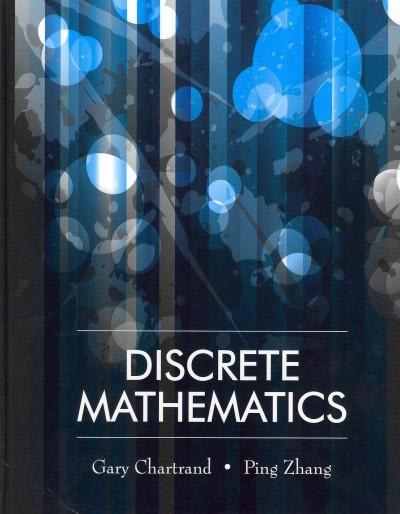



hi dear Tutors would you Help me with this question please?
mm: Answer all questions on this test. Be sure to read and follow directions for each question, answering in complete sentences when instructed to do so. In multiple choice questions, circle the choice which represents the best answer. If you have any questions during the exam, please raise your hand and Mr. B. will come to you. (Max. = 90 pts) 1. For each of the following random variables, indicate whether the R.V. would be discrete or continuous: (1 pt each) a) Let X = number of people who use a turn signal when turning at a stop sign. b) Let W = number of ounces of soda dispensed by a soda machine into a cup. c) Let Z = weight of a baby after 3 weeks of growth. 2. Given the following discrete probability distribution: a) What is P(X = 4)? Justi your answer in a complete sentence. (3 pts) b) Based on the distribution, what is P(X > 5)? (2 pts) Spring 2021 page 1 of 10 Name: 3. Suppose that the following uniform density curve describes the distribution of G.P.A.s for majors in the Astrophysics Department at a university. Use this distribution to answer the questions below: Distribution oi GPAs for Astrophysics maiors. 0 1 2 3 4 G.P.A a) What is the height of the density curve? Explain how you found this. (2 pts) b) What is the chance that a randomly selected student will have a GPA. less than 2.1? (3 pts) c) What percent of all majors in the Astrophysics Department have a G.P.A. between 2.5 and 3.7? (3 pts} Spring 2021 page 2 of 10 Name: 4. Circle either TRUE or FALSE for each of the following: (I point each ) T F a) Every normal distribution is bell-shaped and symmetric. T F b) If a distribution is N(10,1) and we wish to find the area below the score X = 9, we would type into our calculator normalcdt(-1 E99, 9, 10, 1). T F c) In order to use a standard normal table to evaluate areas under a "general\" normal curve, we would first need to calculate the zscore(s) for the given value(s). T F d} When using the invNorm feature of the calculator, we enter the area to the left of the desired score we are trying to find. T F e) Every continuous random variable uses the normalcdf feature on the calculator. T F f) Two normal curves have the same standard deviation, but different means. The graphs of these two cunres will look exactly the same except that one will be further left and one will be to the right. T F 9} For a normal distribution, we know that P(X a) = 0.7801 (4 pts) 6. Suppose that the random variable X is N(54, 3). Compute the following probabilities, being sure to include a sketch of the distribution and have the area corresponding to the probability shaded. a) P(X















